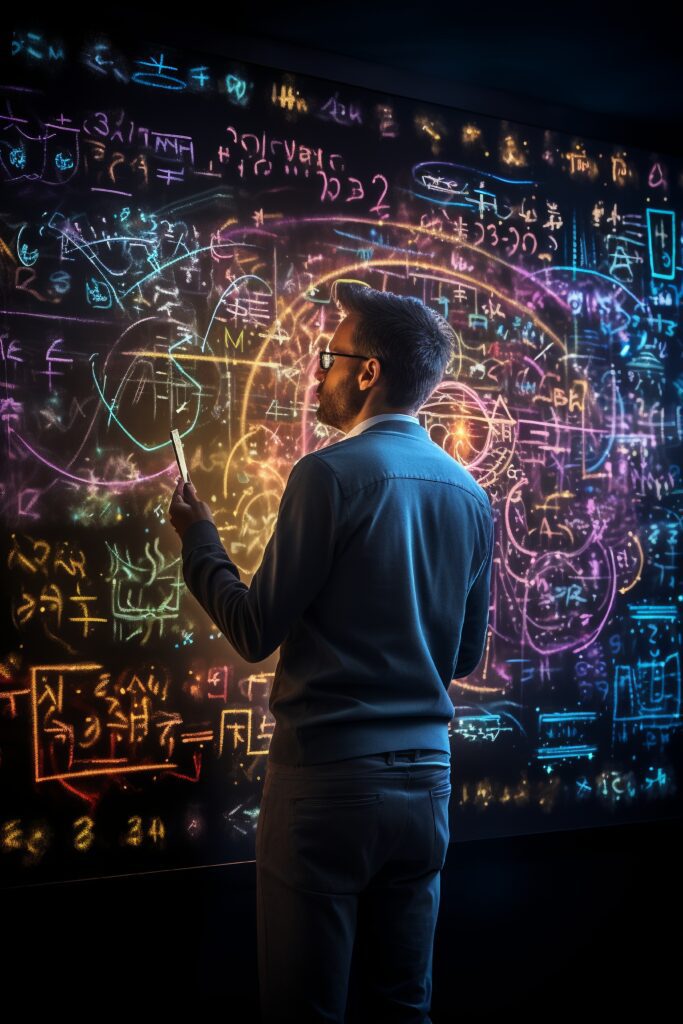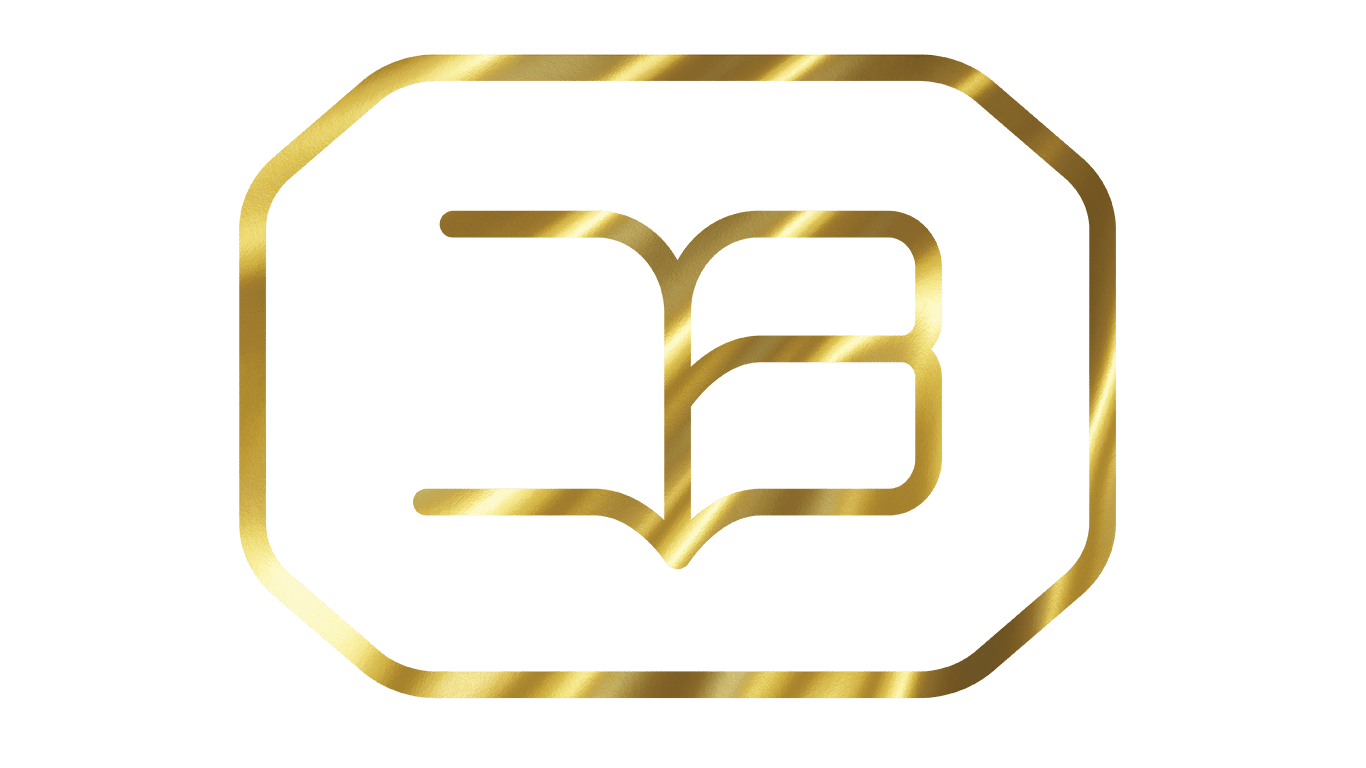צרו איתנו קשר!
היקום המתמטי
חלק שני
The Mathematical Universe
(Part 2)
About The Course
על הקורס
לאן מובילות אותנו הפונקציות? חוקרים את היקום המתמטי (קורס המשך)
את קורס (שהנו המשך ישיר לקורס מתמטיקה מציאותית) נפתח בהגדרה פורמלית של תורת הקבוצות (Group theory) שמהווה בסיס לחשיבה המתמטית המודרנית. נציג את מושג הקבוצה, הפונקציה, תמונה ומקור, ונבהיר טענות יסודיות כגון שוות עוצמה ואי שוות עוצמה של קבוצות. נמשיך להגדרת סוגי פונקציות שונים כמו חד-חד ערכיות ועל, ונכיר תכונות ומשפטים הנוגעים לפונקציות אלו.
לאחר מכן נגדיר מהם מספרים ראשוניים ונציג משפטים שונים לגביהם, כאשר נוכיח משפט בסיסי כגון משפט אוקלידס (Euclides) לפיו כל מספר טבעי גדול מ-1 מתפרק באופן יחיד לגורמים ראשוניים. נכיר את האלגוריתם היעיל של אוקלידס למציאת מספרים ראשוניים.
נמשיך להגדרה של חבורה במתמטיקה – אוסף של אובייקטים עם פעולת חיבור סגורה, הפיכה וקיום איבר יחידה ואיבר הופכי. נסקור סוגי חבורות שונים כמו אבליות וציקליות ונכיר משפטים בסיסיים כגון קיום איבר הופכי יחיד בחבורה אבלית. נמשיך למושג התמורה בהקשר של חבורת הפרמוטציות ונציג משפטים קומבינטוריים הקשורים לתמורות.
אחר כך נעסוק ברעיונות שונים של אינסוף במתמטיקה. נבחין בין אינסופיים "גדולים" ו"קטנים" יותר, נציג את משפט קנטור (Georg Cantor) וננתח את "המלון של הילברט" כדוגמה לאינסופיים שונים. לאחר מכן נמשיך לעוצמות של אינסופיים ונראה שיש רמות של אינסוף.
ולבסוף, נעבור לגאומטריות לא אוקלידיות ונראה שאפשר לבנות מערכות גאומטריות שונות בהן אקסיומות הגאומטריה האוקלידית אינן מתקיימות. זאת דוגמה נוספת לכך שאפשר "לשבור" הנחות יסוד ולקבל תורות מתמטיות חלופיות.
* הקורס יותאם לרמת כל שכבת גיל.
Where do functions lead us? Exploring the Mathematical Universe (Follow-up Course)
This course (which is a direct continuation of the Realistic Mathematics course) will begin with a formal definition of Group Theory, which forms the basis for modern mathematical thinking. We will introduce the concepts of set, function, image and source, and clarify fundamental claims such as equal and unequal cardinality of sets.
We will continue to define different types of functions such as injective and surjective, and learn about properties and theorems related to these functions. We will then define prime numbers and present various theorems about them, proving a basic theorem such as Euclid's theorem that every natural number greater than 1 can be uniquely factored into prime factors. We will learn about Euclid's efficient algorithm for finding prime numbers.
We will continue with the definition of a group in mathematics – a collection of objects with a closed, invertible addition operation, and the existence of an identity element and an inverse element. We will review different types of groups such as Abelian and cyclic, and learn basic theorems such as the existence of a unique inverse element in an Abelian group.
We will move on to the concept of permutation in the context of the permutation group and present combinatorial theorems related to permutations. Then we will deal with various ideas of infinity in mathematics. We will distinguish between "large" and "small" infinities, present Cantor's theorem, and analyze "Hilbert's Hotel" as an example of different infinities. We will then continue to the cardinalities of infinities and show that there are levels of infinity.
Finally, we will move on to non-Euclidean geometries and show that it is possible to construct different geometric systems in which the axioms of Euclidean geometry do not hold. This is another example of how one can "break" basic assumptions and obtain alternative mathematical theories.
* The course material will be tailored to the age of the learners.






